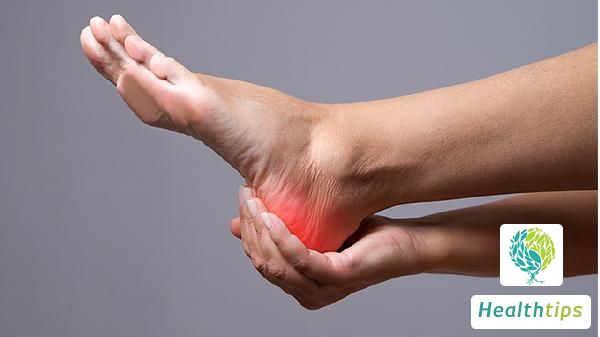"How Can Lumbar Disc Herniation Be Best Treated?"
Lumbar Disc Herniation Treatment Overview

Lumbar disc herniation, a prevalent spinal disorder, typically manifests as low back pain and radiating pain in the lower extremities. There is no universally recognized best or fastest method for treating lumbar disc herniation. Common treatment approaches encompass conservative management, medication, physical therapy, minimally invasive surgery, and traditional surgery. If symptoms persist without improvement, it is advisable to seek medical attention promptly and adopt targeted treatment measures under medical guidance. The specifics are as follows:
1. Conservative Management
Conservative management, commonly employed in the initial stages of lumbar disc herniation, aims to alleviate symptoms, reduce inflammation, and mitigate pain through rest, physical therapy, and medication. Patients should rest adequately, avoiding heavy physical labor and prolonged bending. Physical therapy methods like traction, massage, and heat therapy can help ease muscle spasms and reduce nerve compression. Anti-inflammatory and analgesic medications, such as ibuprofen sustained-release capsules, can be prescribed by doctors to alleviate pain and inflammation.
2. Medication
Medication is primarily used to alleviate pain and inflammation, thereby improving neurological symptoms. Commonly prescribed drugs include non-steroidal anti-inflammatory drugs (NSAIDs) like diclofenac sodium sustained-release tablets, which effectively reduce inflammation and pain. Muscle relaxants like chlorzoxazone tablets can be used to alleviate muscle spasms and nerve compression symptoms. Patients must strictly follow doctors' instructions regarding medication usage, avoiding self-adjustment of dosage or discontinuation.
3. Physical Therapy
Physical therapy employs specific physical means and exercise therapy to improve lumbar stability and function. Under the guidance of professional physiotherapists, patients may undergo traction, ultrasound therapy, electrical stimulation, among others. Appropriate rehabilitation exercises, like core muscle strengthening and lumbar back muscle training, can enhance lumbar stability and alleviate symptoms. Physical therapy should be conducted under medical supervision to prevent excessive exercise from exacerbating symptoms.
4. Minimally Invasive Surgery
For patients unresponsive to conservative management or with severe symptoms, minimally invasive surgery represents an effective treatment option. Common minimally invasive procedures include percutaneous discectomy and interlaminar endoscopic discectomy, which alleviate nerve compression through small incisions and restore disc function. These surgeries are associated with minimal trauma and quick recovery but require strict adherence to doctors' instructions, including postoperative rest and rehabilitation exercises, to prevent recurrence.
5. Traditional Surgery
In cases of severe lumbar disc herniation where conservative management and minimally invasive surgery are ineffective, open surgery becomes a necessary option. Traditional surgeries like discectomy or spinal fusion effectively alleviate symptoms by relieving nerve compression and stabilizing the spinal structure. Postoperative care involves prolonged bed rest, gradual resumption of activities, and rehabilitation therapy to facilitate recovery.
The treatment of lumbar disc herniation encompasses a diverse range of approaches, with selecting the most suitable regimen being crucial. In daily life, maintaining good posture, avoiding prolonged bending and heavy physical labor, and engaging in appropriate physical exercises can help prevent and alleviate symptoms of lumbar disc herniation.



















